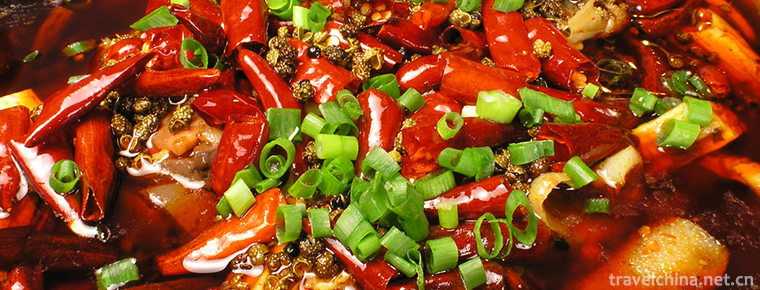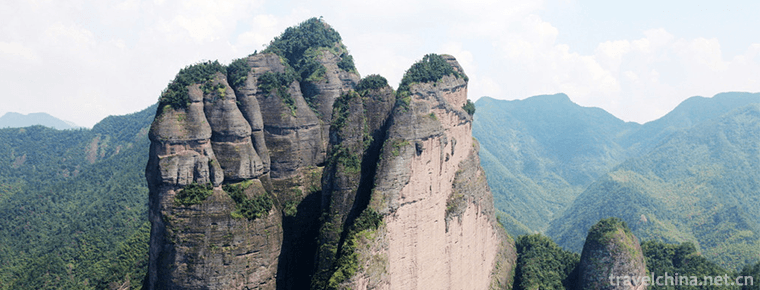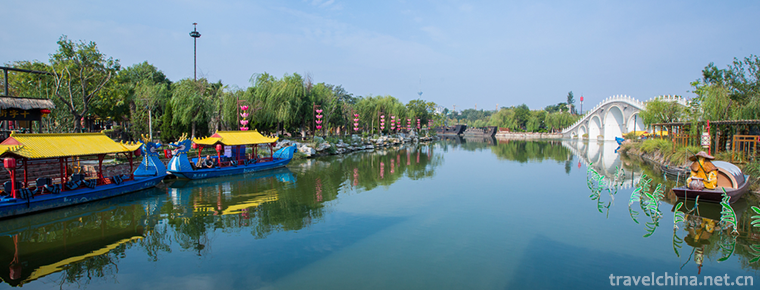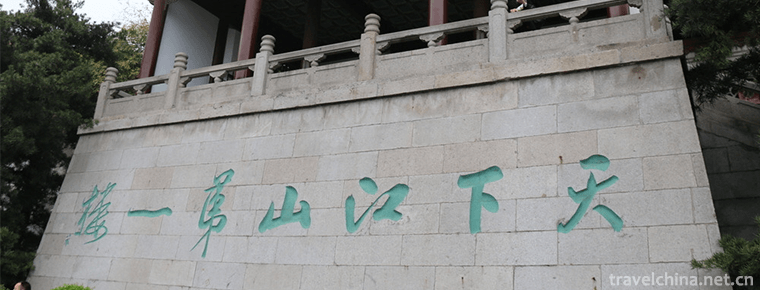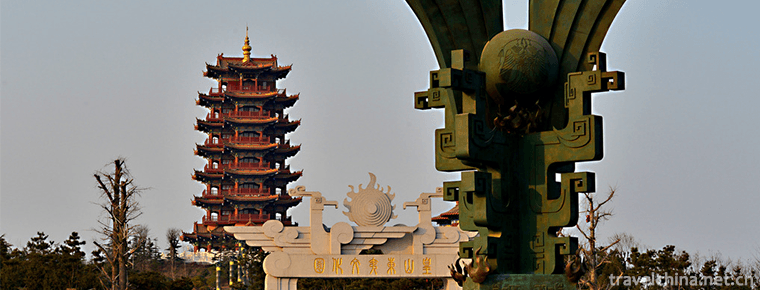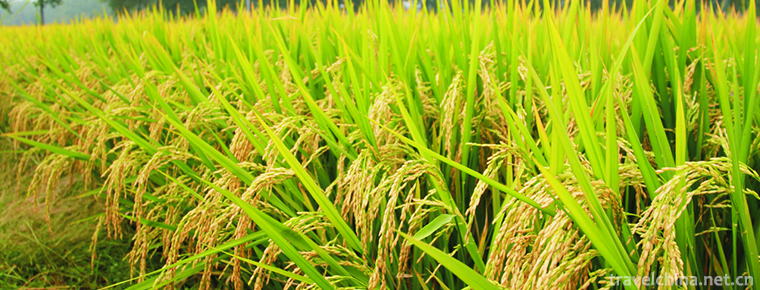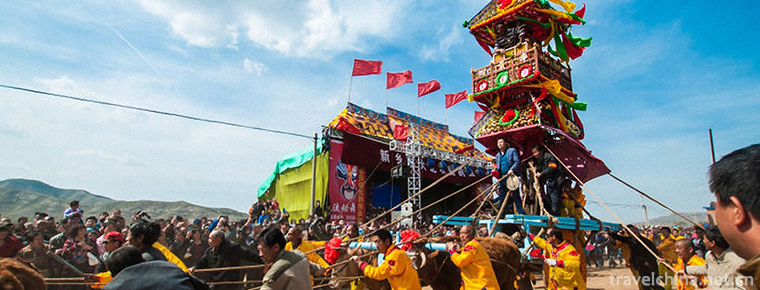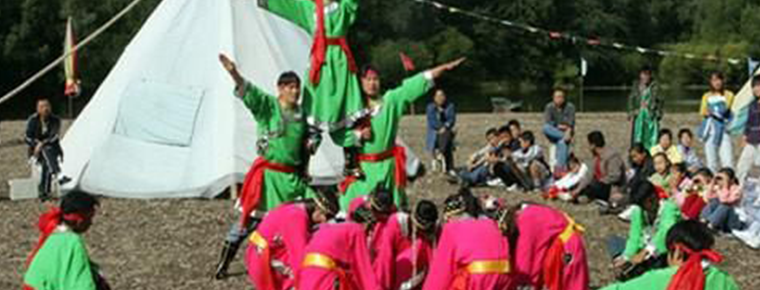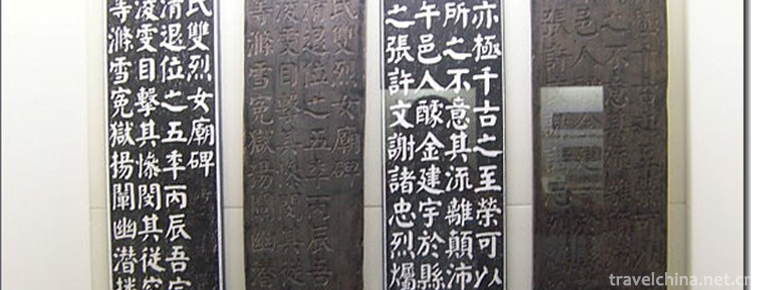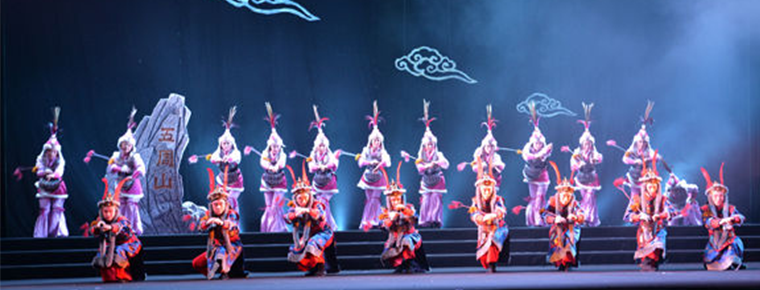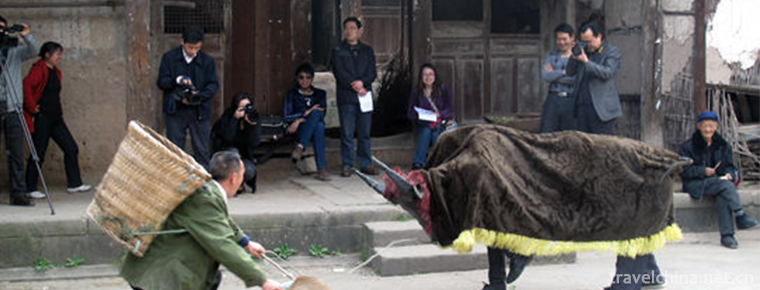Castawin Dance
Castawin Dance
Castawin Dance, a traditional dance in Heishui County, Sichuan Province, is one of the national intangible cultural heritage.
Castawen dance is mainly spread in the Heishui River Basin of Aba Prefecture, Sichuan Province. Because dancers wear "armour" singing and dancing, it is commonly known as "armour dance" in Chinese. "Castawen" is the Black Water dialect, "Castawan" means "armor", and "Wen" or "Gong" means "wearing". "Castawin" is a kind of folk sacrificial singing and dancing activity in which the warriors prayed for victory and their relatives prayed for peace and good luck before the ancient Blackwater people went on their expedition.
On May 20, 2006, Castawin Dance was approved by the State Council and listed in the first batch of national intangible cultural heritage list, the heritage number: III-33.
historical origin
Castavin dance was originally a sacrificial ritual produced by the ancient Qiang tribe in the process of nomadism and hunting.
Before the Tang Dynasty, because of the continuous wars in Heishui River Basin, it gradually evolved into a kind of war sacrificial activities held by soldiers before their expedition. At present, it has become a singing and dancing activity in the sacrificial ceremonies of New Year's Day, celebration, funeral and so on.
In order to maintain the stability of the border, the Tubo Dynasty sent heroic and fighting troops to Tibet. Because of the traffic and blockade of heart and soul at that time, the army lived in this area for a long time.
On May 20, 2006, "Castawen Dance" was declared by Heishui County, Sichuan Province, and listed in the first batch of national intangible cultural heritage list.
Dance features
distinguishing features of music
Castawin is a dance accompanied by singing and dancing, without musical instruments. In the performance, the men first sing along with the women, and a tune is repeated. The music rhythm is fixed, dancing while changing formations in singing. In order to make the dance fluctuate, the accompaniment often takes the form of two voices, the high voice part of rap and the low voice part of chorus. The singing is leisurely and relaxed, but the dancing movements change rapidly, thus forming the characteristics of slow song and fast dance. In addition, there is a remarkable feature: in the process of melody, the two voices of men and women have their own personality characteristics, higher than men and lower than men, with distinct levels. Especially in the two voices dragging the cavity to form a small seven degrees, the male voice is rough and wild, the female voice is devout prayer, resulting in extreme tension in the two voices, outlining a picture of armoured fighters in the mountains and wilderness, open ditches, and knife-raising, which fully reflects the rough and unrestrained character of Tibetans.
Form of performance
Castawin asked all the people over 15 years old to take part in the dance, and all the men of the tribe led the following teams from indoor to outside the village, holding guns and walking, while the women were standing in front of the dam. After entering the arena, the women followed the men's team in a circle and began to dance under the direction of the leader. There were four stages of the dance. The men and women alternated in singing and dancing.
Clothing characteristics
Male dancers wear a cowhide helmet with a black yak tail coat on the top of the helmet, a 30 cm high-speed aphid stump, a square-shaped flag bolted, each with a white eagle feather, wearing a white shirt, dark-colored trousers, coat of cowhide armor, and a red belt at the waist. Bells are hung behind the waist, knife sheaths are inserted in front of the waist, and Tibetan boots are worn. Female dancers wear tray caps, braids and blue silk threads. They hang behind their heads. They wear Silver Coral earrings, black, blue or green Tibetan gowns, jackets, shoulder-shaped dresses, Silver Coral ornaments on their breasts, flower belts and Tibetan boots.
Choreography
The rhythmic characteristics of Castawin dance are that men mainly take the axial rotation of carcass and the basic footwork as "step by step", "step by step" and "step by step". The dance moves are quick and powerful. Women mainly take the rapid rotation of carcass axis, "step breaking", "step padding" and "step pacing" as the main. Dance movements are euphemistic and graceful in their vigorous momentum. Unique primitive simplicity, peculiar concise style. Particularly unique is that the whole sacrificial ritual activities, always accompanied by songs and dances, no instrument accompaniment, music melody process of discordant second-degree wonderful harmony. Each voice of men and women has its own personality characteristics. Male voice is rugged and high-pitched, female voice is devout prayer and singing. With men's rapid jumping with weapons in hand, women's arms shake and knee twitch, and clear personality contrast, a magnificent picture of armoured fighters, mountains, wilderness, open ditches and swords is outlined strangely, which fully reflects the profound connotation and roughness of ancient peoples. The bold and unrestrained national character.
Inheritance status
Inheritance value
"Castawin" has a rare folk custom of singing and dancing. Its unique style is unique in Tibet. The language of dialect lyrics contains ancient Tibetan elements in Tibet Ali and other places. Therefore, Castawin dance is of great value to the study of Heishui ethnic history, linguistics and folklore.
"Castawin" has the unique characteristics of sacrificial rites, singing and dancing forms, that is, customs and activities throughout the form of singing and dancing.
Inheriting characters
Stenzen, male, Tibetan, born in 1925, died in 2009, Heishui, Sichuan. The second batch of national intangible cultural heritage projects, representative inheritors of Castavin dance, Heishui County, Sichuan Province, declared.
protective measures
Aba Cultural Bureau has expanded the influence of "Castavin" singing and dancing culture through various activities such as "Castavin" singing and dancing art exhibitions, exhibitions and cultural festivals; secondly, it has established "Castavin" singing and dancing culture website on the platform of information network and implemented high-tech and digital projects, so that the "Castavin" singing and dancing culture content industry can not only use the information internet. Rich content exists, and make full use of all kinds of communication channels to carry out three-dimensional and multi-dimensional propaganda of "Castavan" song and dance; thirdly, we should adopt the combination of reality and fiction, strengthen the collection and collection of the endangered "Castavan" song and dance art, and condense the rich values and aesthetics of "Castavan" song and dance to a large number of monographs and books. It can be found in picture albums, DVDs or VcDs, TV feature films and literary works, which will bring it into millions of households.
Heishui County Tourism Bureau organizes folk "Castavin" singing and dancing performance art activities and promotion activities of folk "Castavin" singing and dancing art products, boldly encourages folk "Castavin" singing and dancing artists to transform artistic products into economic benefits; secondly, it actively organizes forces to tap the artistic potential of folk "Castavin" singing and dancing culture and constantly bring forth new ideas; thirdly, it is to use them. Modern technology creates and packages folk "Castavin" singing and dancing culture and opens up the market of "Castavin" singing and dancing art.
social influence
Important activities
In 2010, Castawin Dance was displayed at the first International Glacier Colorful Forest Festival in Blackwater.
In 2013, during the 4th Black Water Da Ice Mountain Ice and Snow Tourism Festival, Castawin Dance was displayed.
In 2013, in Heishui County, "Happy Welcome to the State and Happy Home and Happy Village" was held to send culture to the countryside, in which Castawin dance was displayed.
Honorary commendation
In 2013, Heishui County, the hometown of Tibetan singing and dancing Castawin, was compiled into the Complete Works of Sichuan Folk Culture and Art Township published by the Provincial Department of Culture.
In 2014, Castawin won the title of "Town of Sichuan Folk Culture and Art".

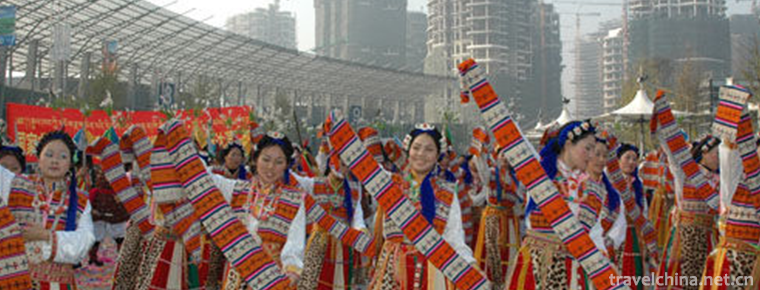
-
Duck Blood in Chili Sauce
The main ingredients of hairy blood are duck blood, cooking techniques are mainly cooked, and tastes are spicy and spicy. Originated in Chongqing, popular in Chongqing and southwest China, it is a fam.
Views: 400 Time 2018-10-27 -
Jiang Lang Shan
Jianglangshan, formerly known as Yulangshan and Jinchunshan, is located in Shimen Town, Jiangshan City, Quzhou City, Zhejiang Province.
Views: 165 Time 2018-12-07 -
qingming riverside landscape garden
Qingming Shanghe Garden is a large Song Dynasty cultural theme park constructed by the people's government of Kaifeng City in Henan Province.
Views: 262 Time 2018-12-09 -
Huanghelou Park Wuhan
Wuhan Yellow Crane Tower Park: The Yellow Crane Tower on Snake Mountain in Wuchang is one of the three famous buildings in the south of the Yangtze River..
Views: 158 Time 2018-12-12 -
North China National Park
The National Park in northern China covers 84 hectares. The scenic spot is a collection of ancient and modern culture of Suibin and the essence of northern nationalities..
Views: 356 Time 2018-12-22 -
Huangshan Yi Culture Tourist Area
Huangshan Yi Cultural Park is a national AAAA-level tourist attraction, located in the northwest of Linyi Economic and Technological Development Zone..
Views: 264 Time 2019-01-18 -
Rice custom
Wannian rice custom and Shangrao Wannian County custom are cultural heritage. Wannian is the "land of rice". The traditional rice custom has been passed down in this area for thousands of ye.
Views: 118 Time 2019-04-26 -
Four Scenic Car Race
Duyuan Sijing Car Race is a folk activity in Pingshun County, Shanxi Province. In May 2011, Pingshun County, Shanxi Province declared the "Four Scenic Car Race .
Views: 349 Time 2019-04-28 -
Gulunmu Festival of Oroqen Nationality
The Oroqen ethnic group is one of the minorities with a small population in China. Since ancient times, it has multiplied and lived in the deep forest of Heilongjiang Valley and Xing'an Mountains.
Views: 147 Time 2019-04-28 -
Rubbing and Printing Skills of Hengshui Inscriptions
Hengshui Law Tie Engraving and Printing Technology, the traditional handicraft of Taocheng District, Hengshui City, Hebei Province, is one of the national intangible cultural heritage..
Views: 191 Time 2019-05-03 -
Huanglong drama
Huanglong Opera, a local traditional drama in Nong'an County, Jilin Province, is one of the national intangible cultural heritage..
Views: 117 Time 2019-05-04 -
Play with cattle
Playing cattle originated from the worship of nature in ancient times. In the era of farming civilization, cattle farming is particularly important for people's production and life. Therefore, through.
Views: 334 Time 2019-06-25
